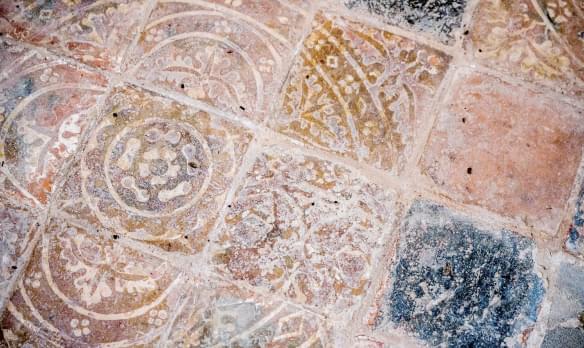
St Mary
Wharram-le-Street, Yorkshire | YO17 9TL
We have supported this church
Search for a fascinating place to visit, or see the variety of churches, chapels and meeting houses we have supported.

Wharram-le-Street, Yorkshire | YO17 9TL
We have supported this church

Northfield, West Midlands | B31 2NQ
The church has a modern multi purpose sanctuary, incorporating a baptistry for believers baptisms by immersion.

Ilkley, Yorkshire | LS29 9QL
St Margaret's was built in 1879 in the late Neo Gothic, or Perpendicular, style.
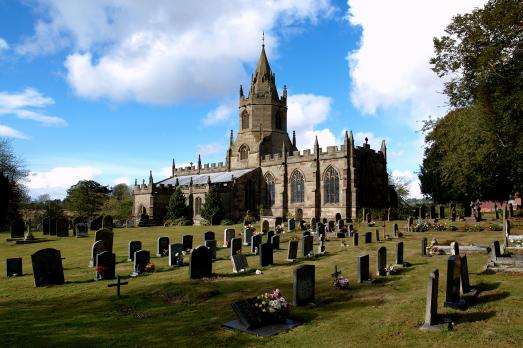
Tong, Shropshire | TF11 8PW
St Bartholomew's church is a 600 year old treasure house of alabaster tombs, medieval carving, history and scandal, often described as ‘The Westminster Abbey of the Midlands’.
We have supported this church
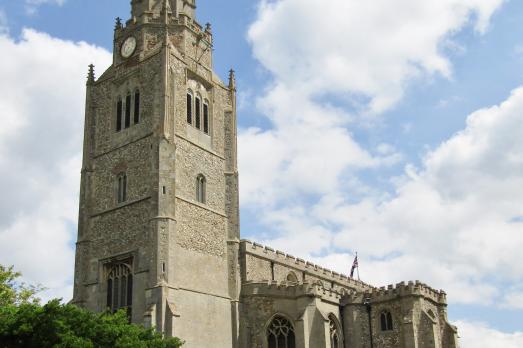
Sutton in the Isle, Cambridgeshire | CB6 2RH
There are strong echoes of the famous octagon of nearby Ely Cathedral in the silhouette of St Andrew's, proudly set on its ridge and visible for miles across the Fens.

Ilkley, Yorkshire | LS29 9LW
Christchurch is a welcoming, busy and loving church and community centre in the heart of Ilkley.

Albrighton, Shropshire | WV7 3EQ
The church was completed around 1181, with some rebuilding work was done in 1853.
We have supported this church

Burnham Deepdale, Norfolk | PE31 8DD
The cluster of seven Burnham parishes can be confusing, but each church (one a ruin) is distinctive; St Mary's has one of East Anglia's many round towers.
Ilkley, Yorkshire | LS29 9DS
All Saints stands proudly in the centre of town with a unique and important heritage story to tell that began nearly 1400 years ago.

Offchurch, Warwickshire | CV47 2QJ
This ancient village close to the Fosse Way takes its name from the Saxon king, Offa, who is recorded as having founded a church here to commemorate his son.
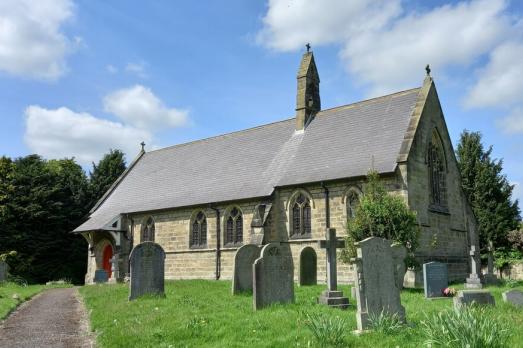
Scotton, Yorkshire | HG5 9HY
We are a small rural parish church which prides itself on its friendly welcome.
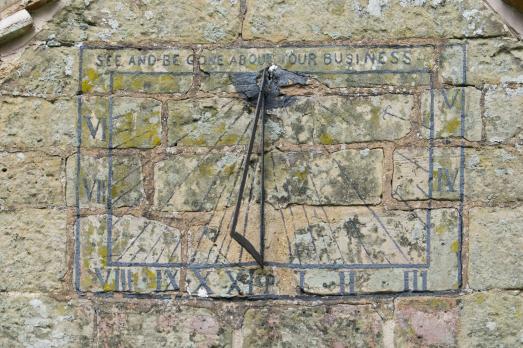
Chesterton, Warwickshire | CV33 9LG
As the crow flies, Chesterton church is barely a mile from the noise and bustle of Warwick Services on the M40, but it feels amazingly remote.